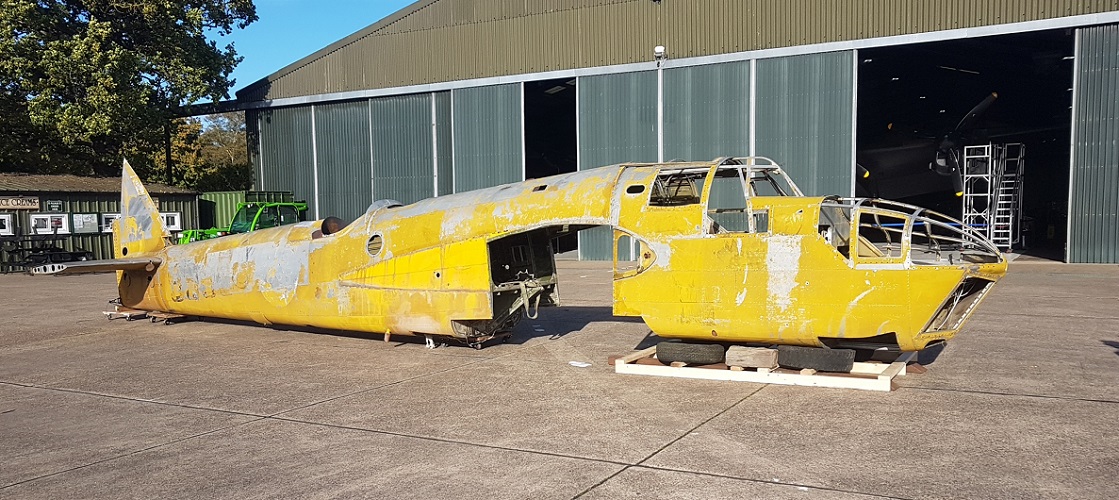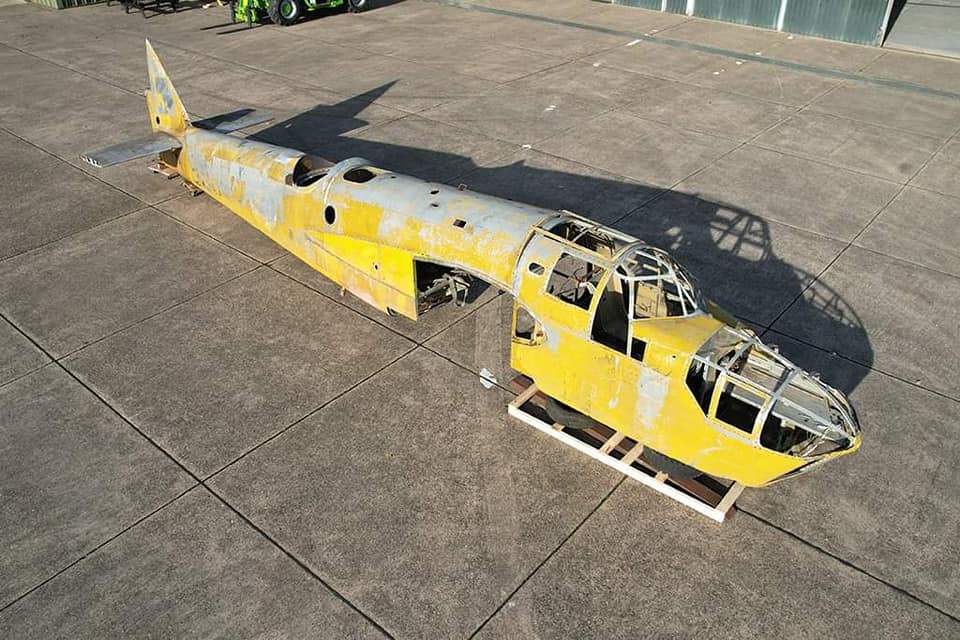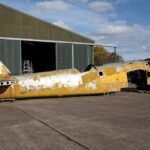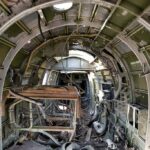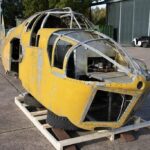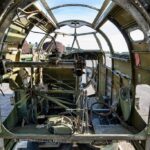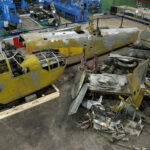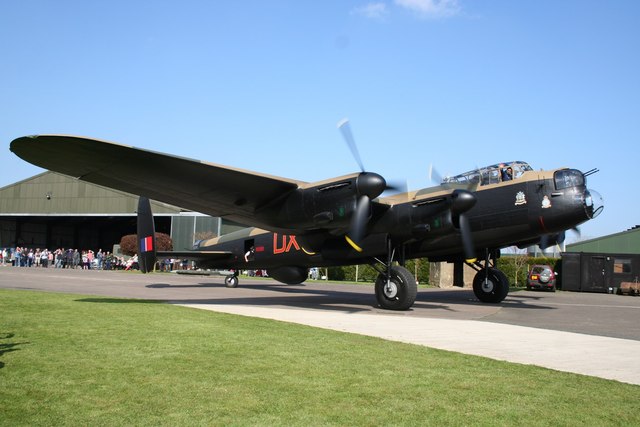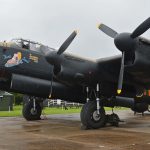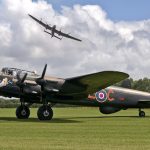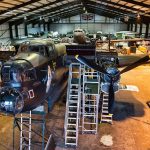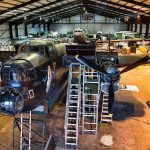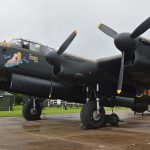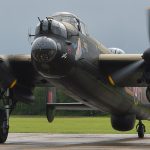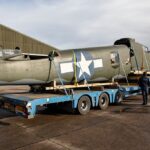John McNarry, CATPM’s President, added: “We are very pleased to be able to participate in this manner in the restoration of what will eventually become a running aircraft. This will be very significant in that there is currently only one running/airworthy Bolingbroke in the world.” The team at East Kirkby is presently assessing their Bolingbroke component collection so they can then formulate a restoration plan to rebuild this important aircraft as a lasting tribute to both the British Commonwealth Air Training Plan and the Blenheim Mk.IV during its wartime service.







